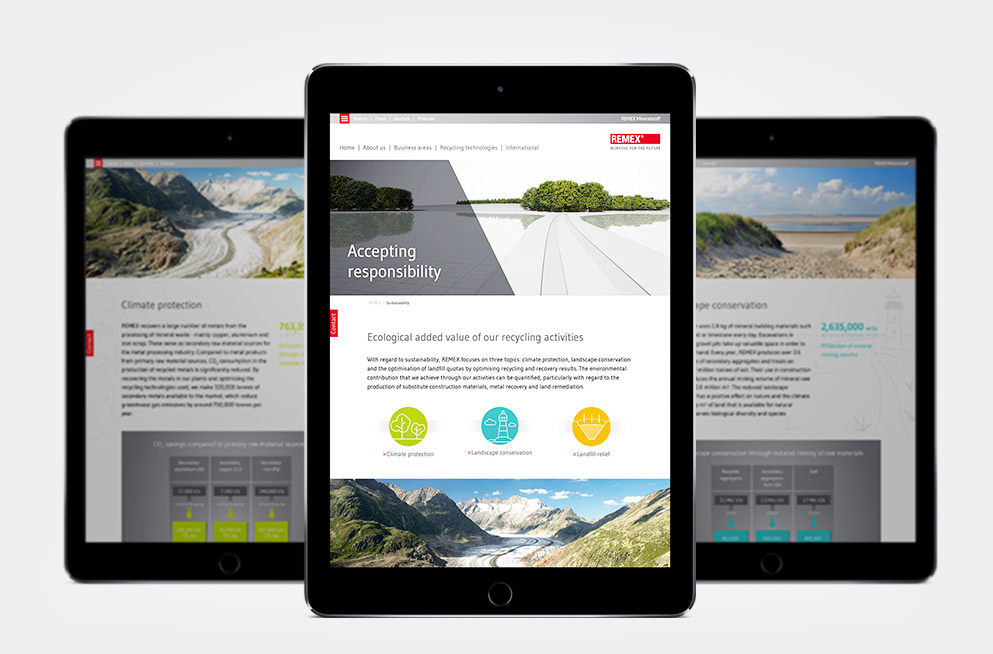Still underestimated in the current discussions on environmental and climate protection are the benefits of strengthening the
circular economy: Its positive impact on the ecological footprint is immense. Recycling and bans on the landfilling of untreated waste are known to be among the most effective means to counter global warming and environmental risks.
However, current global recycling quotas are low while landfill quotas remain high. The main contributing factors are the missing implementation of legislative and economic instruments that support a functioning material cycle. The consistent protection of resources and environment for future generations clearly calls for a concerted international commitment to the life cycle concept.
REMEX intends to use this newsletter and future editions to provide figures on the positive effects of recycling on resource conservation and climate. Based on detailed data sources, our sustainability series starts with calculating the impressive protection of landscape resulting from reduced mining of natural minerals.
Please feel free to > contact us directly if you have questions – and if you like our international newsletter just > recommend us.
Yours sincerely,
Michael Stoll, Chief Executive Officer of REMEX Mineralstoff GmbH








